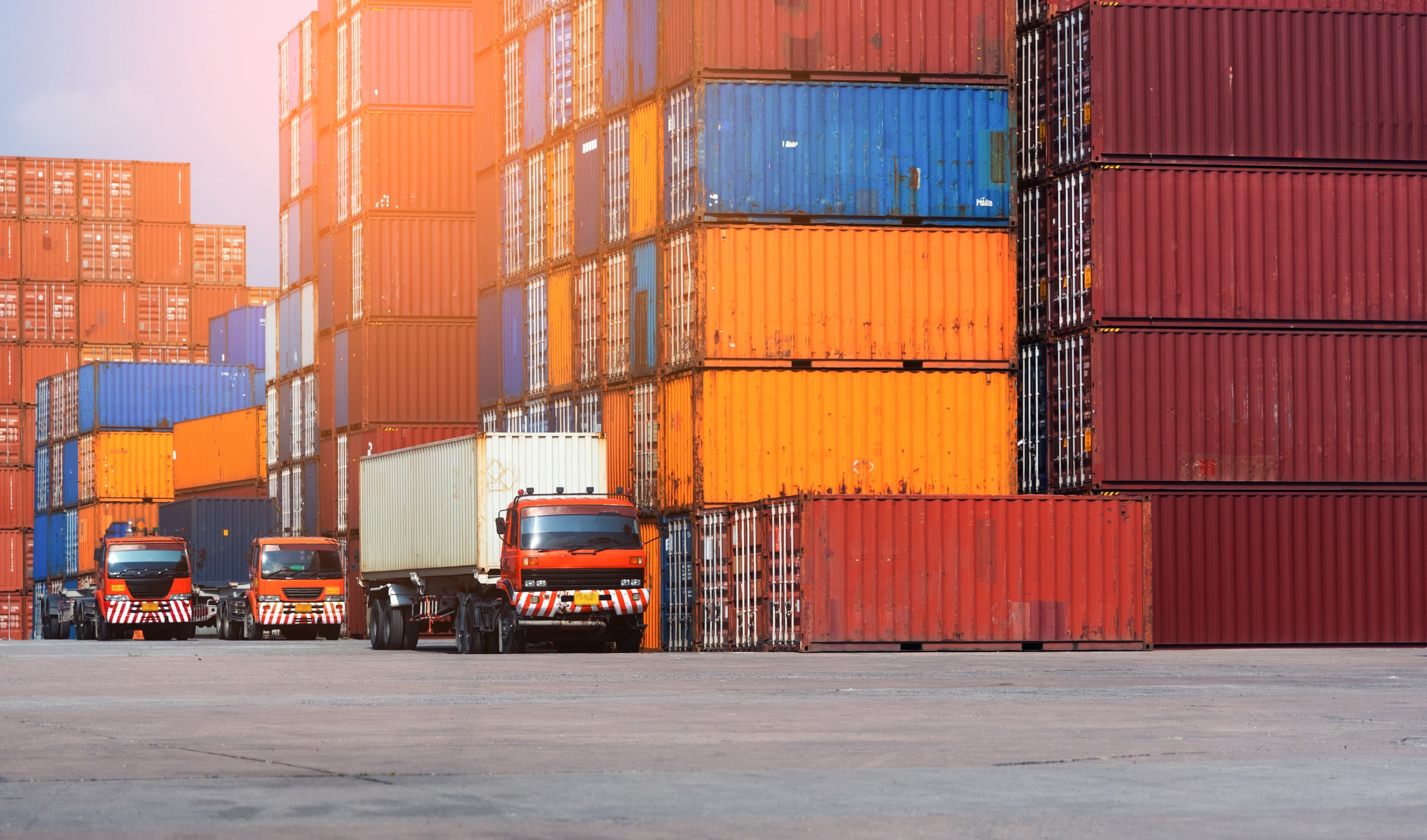In February, CEVA Logistics announced its intention to acquire Wincanton, a major player in the UK’s third-party logistics (3PL) sector. The move triggered a bidding war, with GXO then launching a counter-offer. This reflects an ongoing trend of consolidation in the UK and European 3PL industry, with notable transactions including GXO’s purchase of Clipper Logistics and Culina Group’s addition of GreenWhiteStar Acquisitions, a group that included Eddie Stobart, iForce, and The Pallet Network.
GXO is looking to capitalise on its position as one of the 3PL market leaders, while CEVA Logistics is seeking to break into the UK 3PL market and align it with the expansion strategy of its parent company, CMA CGM, which already boasts a diverse portfolio comprising CEVA Logistics, Gefco, Bollore Group and Ingram Micro CLS. Both moves highlight the adaptive and robust nature of the 3PL industry in the UK and Europe.
Shipping giants joining in?
The 3PL market is no stranger to consolidation, but the interest in Wincanton once again highlights the importance of scale in the industry. GXO acquiring both Wincanton and Clipper in recent years would provide significant presence in both grocery and fashion retail, while Ceva Logistics’ interest can also be seen as part of a wider global trend in freight, cargo, and logistics: traditional shipping companies are trying to move into downstream contract logistics and final mile delivery to provide a truly end-to-end global transportation solution.
CMA’s 3PL acquisitions to date are a very public example of this, but they are not the only ones. Maersk has expanded its portfolio through strategic acquisitions, including Damco and LF Logistics in Asia. Additionally, the company has collaborated with IBM to develop the TradeLens platform and ventured into the air cargo sector with the launch of Maersk Air Cargo. In 2023, Hapag-Lloyd made a significant move by acquiring a major stake in JMBPL, a prominent Indian private shipping terminal and inland transport company. Recently, Hapag-Lloyd has further solidified its position by announcing the acquisition of ATL Haulage, signalling a trend that is likely to be followed by other industry players. This is not just a trend, but a broader strategic move from larger global transport companies, especially shipping lines. After generating substantial profits from the surge in container prices from 2020 to 2022, that cash surplus is being used to diversify their business into wider storage and transportation allowing them to provide customers with a “one-stop shop” service covering shipping, storage, air freight and final mile transport capability. Using those profits to acquire businesses at such speed and scale means that they are a step ahead of other potential rivals. Greater scale increases buying power and customer base, eliminates some competition, and enables them to extend their reach into markets and industries through expanded services. This perhaps suggests that the oft-heard complaint, that no single supplier offers a truly global service, will soon be a thing of the past.
What does this mean for customers?
Is consolidation advantageous for customers and the remaining independent smaller 3PLs? On the surface, customers may not reap immediate benefits. While larger clients may appreciate streamlining services with fewer suppliers, there’s a potential downside for others. Smaller 3PLs might find it challenging to attract the interest of larger logistics providers due to a lack of scale.
This situation poses a risk wherein services become more aligned with the preferences of the 3PL rather than being customised to meet the customer’s specific needs. Moreover, diminished competition could lead to price hikes. Once a 3PL is in place, it becomes more difficult to explore alternative options and potentially switch suppliers. Paradoxically, consolidation might not broaden but shrink the array of offerings available to customers.
In a recent discussion on the critical aspect of resilience in global freight networks (link), we underscored the advantages of tapping into the global capability and scale offered by logistics providers. For customers able to leverage end-to-end global services provided by 3PLs, the scale and comprehensive service offerings yield not only cost benefits but also prioritisation during global disruptions, such as capacity restrictions.
However, this reliance on a single 3PL for end-to-end services exposes the customer to potential vulnerabilities. In the event of a failure on the part of the 3PL, the customer, deeply integrated into the provider’s network, would find it challenging to swiftly switch to an alternative provider. This underscores the necessity of incorporating risk considerations into the initial sourcing strategy. Opting for dual or multi-sourcing, rather than relying on a single partner, becomes crucial.
Moreover, the diligence on 3PL resilience levels and that of their sub-contractors should not be a one-time effort but an ongoing process. This ensures that the customer remains proactive in assessing and mitigating potential risks associated with their logistics provider, emphasising the need for a resilient and adaptable sourcing strategy from the outset.
A silver lining
A more optimistic perspective is that the market, despite its complexities, remains highly fragmented, boasting around 15,000 3PLs of varying sizes operating in the UK. This fragmentation provides a unique opportunity for these companies to carve out specialised niches and tailor solutions for specific sectors. For instance, Arvato caters to medical sciences and high-tech companies, while in Europe, businesses have emerged solely to serve the eye-care market.
In these specialised realms, the emphasis shifts from traditional logistics functions to value-added services. Although the unit price might not be the most economical, the focus is on delivering services that truly empower customers to meet consumer demands and adapt to dynamic market pressures, making it a compelling proposition.
While consolidation is an unavoidable trend that brings numerous advantages for large multinational corporations, it also presents an opening for specialist providers and smaller customers. Collaboratively, they can develop service offerings that directly align with their unique needs, fostering mutual support for ongoing growth.
Authors: Jon Gibson and Rob Carlisle







